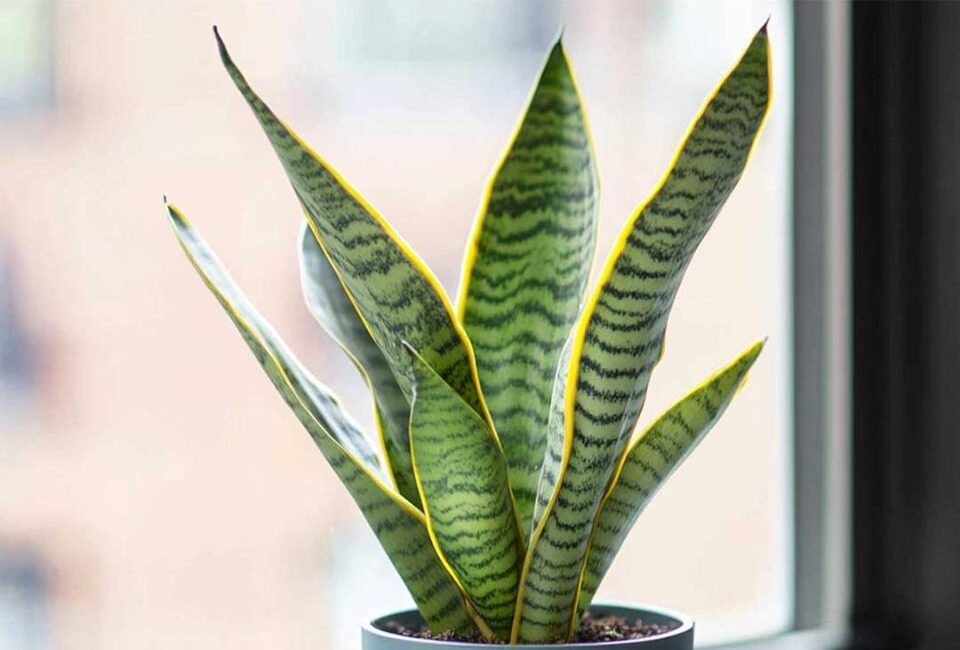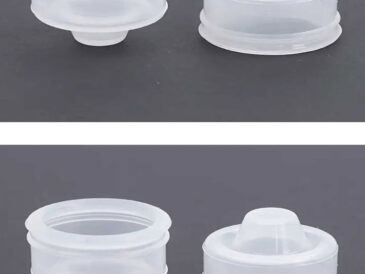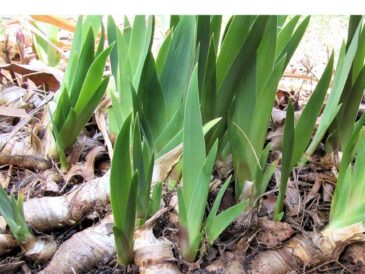5. Restricted Airflow and Drainage
Healthy plant roots require not just water, but also oxygen. When a pot sits flat in a saucer with no elevation or airflow beneath it, it inhibits both drainage and the exchange of gases. Stagnant air and pooled water create a suffocating environment for roots, especially if the potting mix is dense or compacted.
This lack of airflow encourages bacterial growth, fungal infections, and poor nutrient uptake. It can also make it harder for the soil to dry out evenly between waterings, which complicates watering routines.
II. Common Mistakes with Saucers
Even well-intentioned gardeners make several common mistakes with saucers:
- Leaving standing water in the saucer for days
- Using saucers that are too tight or too shallow
- Believing the plant will only absorb what it needs
- Using saucers on absorbent surfaces without a protective layer
These habits can turn saucers from helpful tools into silent threats. While the idea of “letting the plant soak up water from below” may seem practical, it’s not suitable for most houseplants, especially those that prefer drying out between waterings.
III. When You Might Still Need a Saucer
There are some cases where saucers can be used safely:
- Temporary use, such as when watering plants indoors before draining them outside.
- For very thirsty plants, like some tropical varieties or ferns that prefer constant moisture.
- In combination with a pebble layer, to keep the pot elevated above the water.
- When placed on a protective tray or mat, rather than directly on furniture.
In all cases, the key is to monitor and empty the saucer regularly, ensuring that no water is left standing for more than 15–20 minutes after watering.
IV. Better Alternatives to Traditional Saucers
To care for plants properly and prevent the negative effects associated with saucers, here are some proven alternatives:
1. Pebble Trays
Pebble trays serve a similar purpose but with improved airflow. They consist of a shallow tray filled with small rocks or pebbles, and water is added just below the surface of the stones. The pot sits on top of the pebbles without touching the water. This setup allows drainage and provides ambient humidity without letting roots sit in water.
Steps to Create a Pebble Tray:
- Choose a tray larger than your pot’s base.
- Fill it with a layer of river rocks, gravel, or clay pellets.
- Pour water in the tray until it reaches just below the tops of the pebbles.
- Place your plant pot on top.
2. Plant Stands with Drainage
Using elevated plant stands allows excess water to escape freely from the pot and evaporate naturally. It also promotes airflow beneath the pot, which speeds up drying time and helps prevent root rot. Some stands even include mesh or slatted bases for optimal ventilation.
3. Decorative Catch Trays (Not Touching the Pot)
Instead of a traditional saucer, consider using a tray that’s much larger than the pot and not in direct contact. These trays are mainly aesthetic and only serve to catch the occasional overflow. By keeping the pot elevated slightly (with pot feet or blocks), you prevent root contact with water.
4. Self-Watering Planters
When properly designed, self-watering pots regulate soil moisture through capillary action and a wicking mechanism, keeping roots at optimal hydration without oversaturation. Look for models with built-in reservoirs, aeration columns, and overflow holes to avoid flooding.
5. Pot Feet or Risers
Inexpensive and effective, pot feet raise containers off the ground slightly, ensuring good air circulation and allowing any water in an external tray or surface to evaporate. They’re available in plastic, rubber, ceramic, and metal.
V. How to Transition Away from Using Saucers
If you’ve been using saucers for a while and want to transition away, follow these tips:
- Evaluate current drainage: Ensure pots have unobstructed drainage holes.
- Use well-draining soil: Avoid heavy soils and mix in perlite, pumice, or coarse sand.
- Water less frequently: Allow the top few inches of soil to dry before watering again.
- Repot if needed: If your plant has been waterlogged, consider repotting in fresh, airy soil.
- Clean old saucers: If you reuse them as trays, scrub thoroughly to remove salts, mold, and algae.
VI. Tips for Preventing Overwatering and Promoting Root Health
- Use a moisture meter or finger test to check soil moisture before watering.
- Water slowly and let the water flow through the pot, then discard any collected water.
- Choose breathable pots, like terra cotta, to encourage soil drying.
- Rotate plants regularly to ensure even light and evaporation.
- Elevate pots off furniture using cork pads, ceramic tiles, or trays lined with mesh.
Conclusion: Choosing What’s Best for Your Plants and Your Home
Planter saucers may seem like a harmless accessory, but they can unintentionally create the perfect environment for root rot, pests, mold, and water damage. Understanding the mechanics of plant hydration and the importance of air circulation is key to long-term plant health.
By adopting better watering practices and choosing intelligent alternatives—such as pebble trays, elevated plant stands, or self-watering systems—you can eliminate many of the issues associated with saucers while creating a more beautiful and plant-friendly living space.
Plants thrive when their root systems are well-aerated, consistently monitored, and allowed to breathe between waterings. Free yourself from the limitations of traditional saucers and enjoy a more vibrant, pest-free, and sustainable indoor garden.




